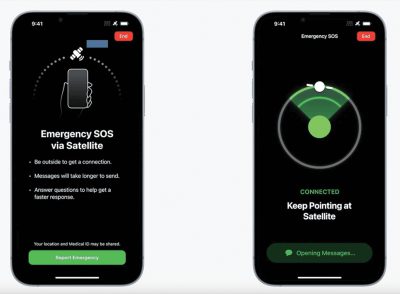
There was a tragic loss of two lives in a plane crash in a remote area between Squamish and Vancouver on May 24. The TSB is gathering information. What makes this incident unusual is that it was the nearby Squamish detachment of the RCMP that first received word that an accident had occurred, via an automatic crash notification from a smartphone. The Joint Rescue Co-ordination Centre in Victoria was notified and helped coordinate the response (there was no immediate report on whether the aircraft was equipped with an ELT and whether it was triggered in the crash).
Apple offers ‘Crash Detection’ on its Apple Watch Series 8 and iPhone 14 and 15s. It uses multiple sensors to determine whether an actual accident has occurred. It was designed for car crash detection but has worked for aircraft accidents as well. Once a sudden impact has been detected and verified by other sensors (including microphone input), it sends out an emergency SMS to 9-1-1 services, which are equipped to accept text messages, with position co-ordinates (latitude and longitude). If there is no cellular signal, it will send a signal via satellite. However, the iPhone would need to have a reasonably clear view of the sky to be able to link to a satellite.
Given the possibility that pilots may have to make an off-field landing in a remote area with no cell service, having a smartphone with satellite communications possibility can be a lifesaver.
Watch for a report with more details about these iPhone features and other smartphones offering similar capabilities in an upcoming issue of Canadian Aviator magazine.
See this week’s featured video for a short explanation of how iPhone’s crash detection works from a user’s perspective.
